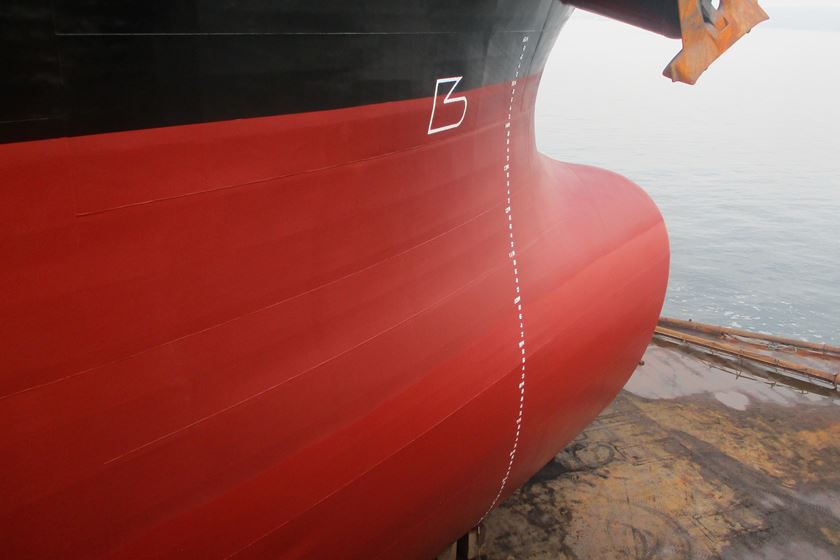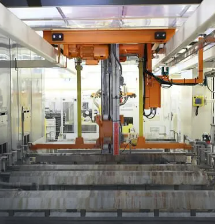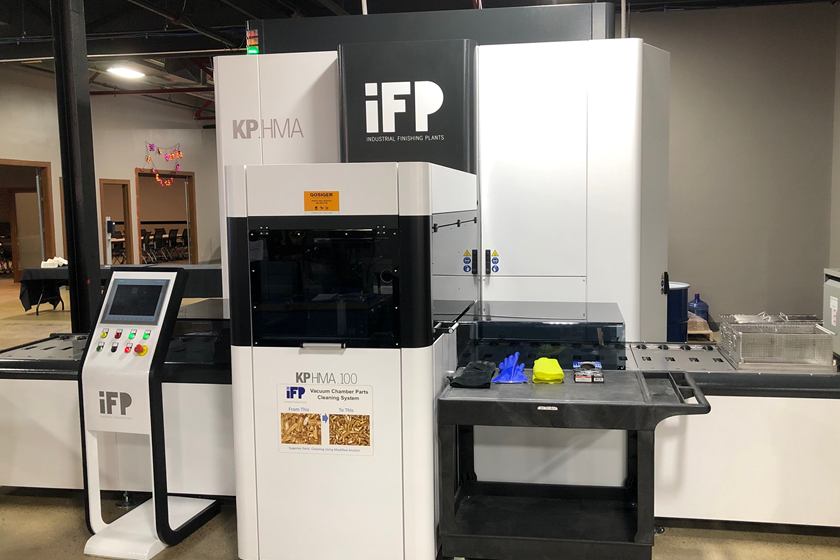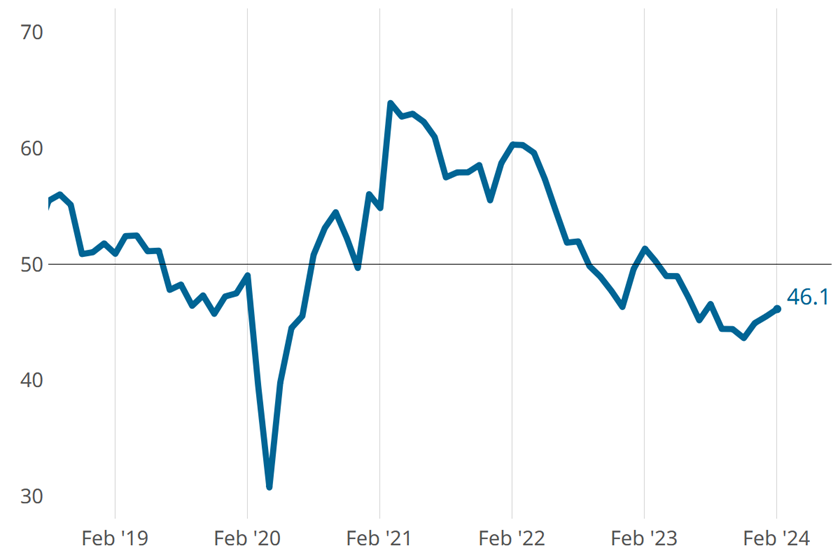Plating Blind Holes
How can we plate a blind hole?
Q. We are trying to plate a component that has a hole approximately 50 mm (1.96 in) deep and a diameter of 2.6 mm (0.102 in). We are unable to plate the blind hole. We are doing zinc plating with a trivalent chrome conversion coating. How can we solve this problem?—R.B.
A. Plating blind holes can be tricky. To start with you must get plating solution into the holes. This is extremely difficult with a hole with such a small diameter. The parts will have to be inserted a number of times to insure air is not trapped in the holes. You might get slightly better results by using a cyanide or alkaline plating bath. More agitation of the plating solution helps and it has been reported that barrel plating gives slightly better results. In some cases your customer may allow plugging of the hole. Lastly, a redesign of the part may be required.
Originally published in the July 2015 issue.
RELATED CONTENT
-
Stripping of Plated Finishes
The processes, chemicals and equipment, plus control and troubleshooting.
-
Gold and Silver Plating Basics
An overview of precious metal electroplating processes.
-
A Chromium Plating Overview
An overview of decorative and hard chromium electroplating processes.
















